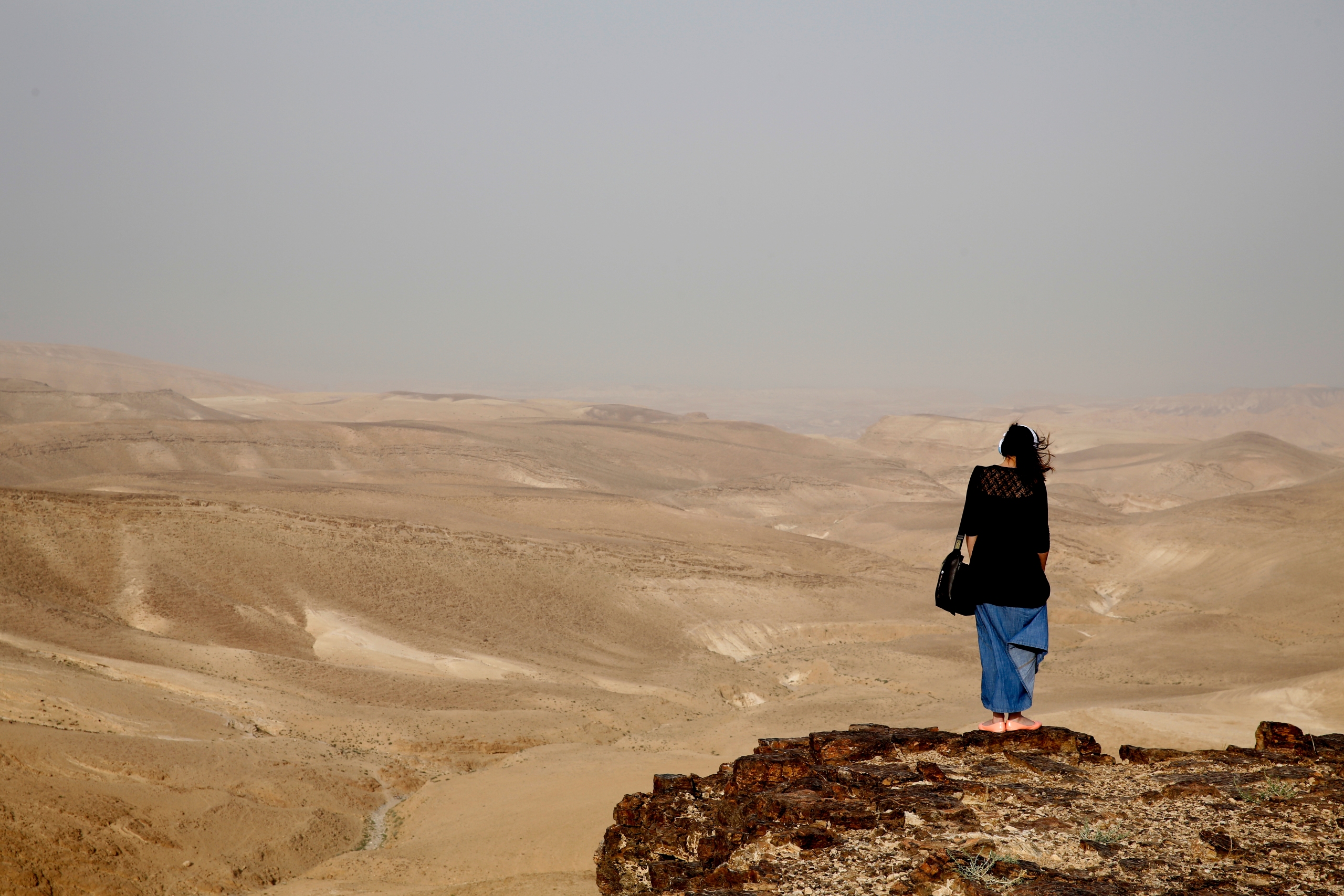We are living through a time of layered uncertainty—global crises overlapping with personal ones. Technological acceleration, social fragmentation, and psychological strain shape a landscape of collective instability. Within this context, the call to remain adaptable and emotionally steady feels relentless. But how does one cultivate true resilience?
An ancient yet unexpected answer emerges with growing clarity: walking—consciously, over long distances, without guarantees. Pilgrimage, stripped of doctrinal obligation and reimagined as voluntary exposure to difficulty, offers a compelling model of internal restructuring. This is not theory; it is lived experience.
Resilience Beyond Theory
Emotional resilience is not developed through abstract insight or motivational aphorisms. It is built through lived friction—through contact with fatigue, discomfort, unpredictability, and the self in motion. Long-distance walking creates a “real-world lab” where each step is a response to challenge.
Daily obstacles—weather, pain, solitude—become opportunities to recalibrate. According to a study from Stanford University, regular walking not only enhances creativity but increases cognitive flexibility, a key factor in emotional adaptation. Walking offers no shortcuts. Progress is always earned.
Pilgrimage as Counterpoint to Commercial Wellness
While contemporary wellness often takes the shape of commodified experiences—subscription-based mindfulness, curated retreats—pilgrimage offers a stark contrast. It provides nothing, guarantees nothing, sells nothing. And precisely for that reason, it works.
Unlike controlled wellness settings, pilgrimage removes comfort as a buffer. It doesn’t soothe—it confronts. In doing so, it activates authentic emotional processes. No title or identity is needed—just a willingness to endure, reflect, and continue.
The Therapeutic Power of Walking: Pilgrimage as a Path of Healing
Identity Suspension and Psychological Reframing
Crises often emerge when identity structures collapse—through job loss, relationship change, or family shifts. Pilgrimage suspends identity: you are no longer defined by role, profession, or status. You are simply a body moving through space.
This identity stripping creates space for a more durable sense of self. In anthropology, Victor Turner described this as the liminal phase—a threshold state where former roles dissolve, and transformation becomes possible. Pilgrimage, in this frame, becomes a contemporary rite of passage.
Walking and the Architecture of Time
Much of modern anxiety arises from temporal distortion—constant alerts, deadlines, and urgency. The nervous system is not designed for persistent hyper-vigilance. Pilgrimage restores analog time, regulated by physical rhythms: steps, hunger, daylight.
In this slower tempo, emotional processing becomes possible. A Frontiers in Psychology study confirms that walking in nature reduces mental rumination and improves mood, even among individuals with clinical depression. Without slow time, there can be no deep psychological healing.
Resilience as Endurance, Not Reaction
True resilience is not about quick recovery—it is about the capacity to remain standing through uncertainty. Walking trains this kind of resilience. The slow, deliberate movement through unstructured terrain is a rehearsal for enduring the unknown.
Pilgrimage cultivates an “active waiting”—a sustained openness in the absence of control. This reconditions the nervous system to tolerate ambiguity without collapse.
Human Connection as Resilience Catalyst
Pilgrimage also fosters spontaneous, meaningful social connection. Outside of social hierarchies, pilgrims meet on shared terms—blisters, fatigue, and simple meals. A Spanish study on the Camino de Santiago found that pilgrims report increased empathy and community feeling lasting up to six months after completing the journey.
Emotional resilience, then, is not only personal—it is relational. In a fragmented world, this renewed trust in others becomes a radical act.
Walking as Uncertainty Training
To walk a pilgrimage route is to live with continuous uncertainty: weather, shelter, direction. And yet, one walks on. This daily encounter with unpredictability trains the mind to move forward without resolution. It is resilience in practice.
Unlike tourists or drivers, pilgrims relinquish control. They enter into an unfolding journey, accepting doubt as a condition rather than a problem. This shift is not metaphysical; it is behavioral.
The Pilgrimage as Transformation
Pilgrimage is not a remedy. It does not erase pain. Instead, it reshapes one’s relationship to difficulty. Silence, effort, landscape, and time become tools of reorientation.
In this sense, the pilgrim is a countercultural figure—walking away from performance metrics and fixed outcomes, and toward the uncertain terrain of the self. Not stronger, but more practiced in presence. Not immune to collapse, but better prepared to endure.





